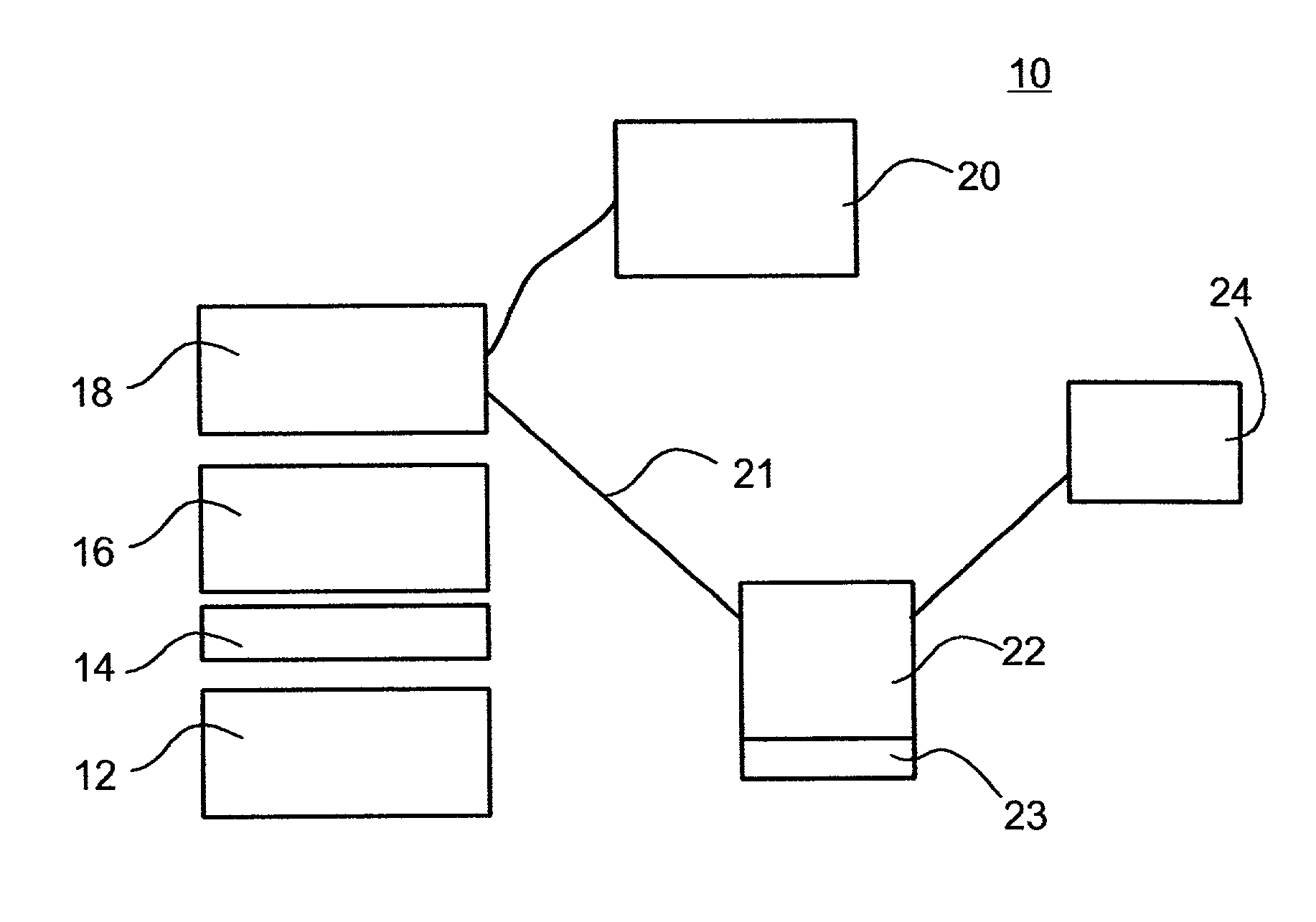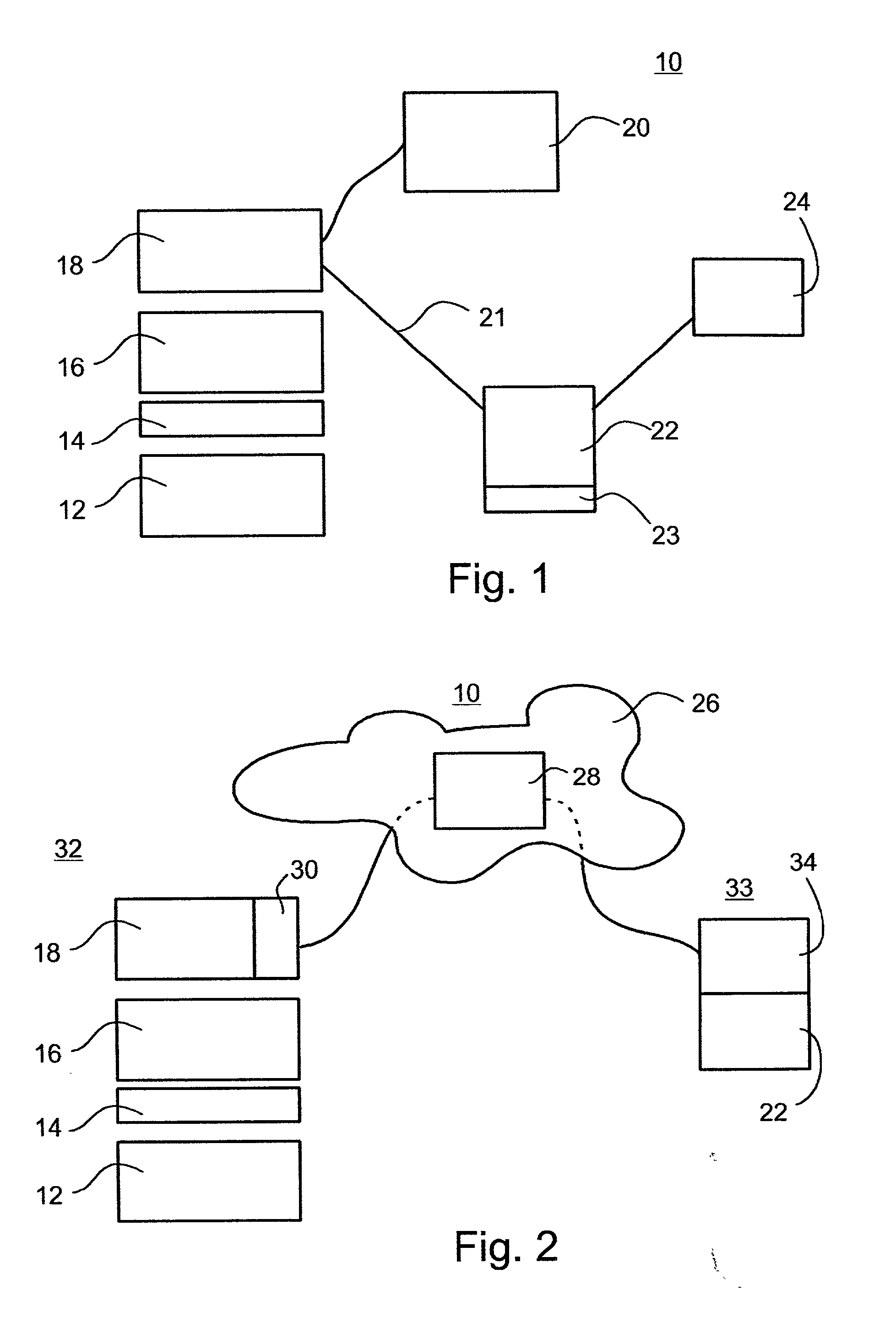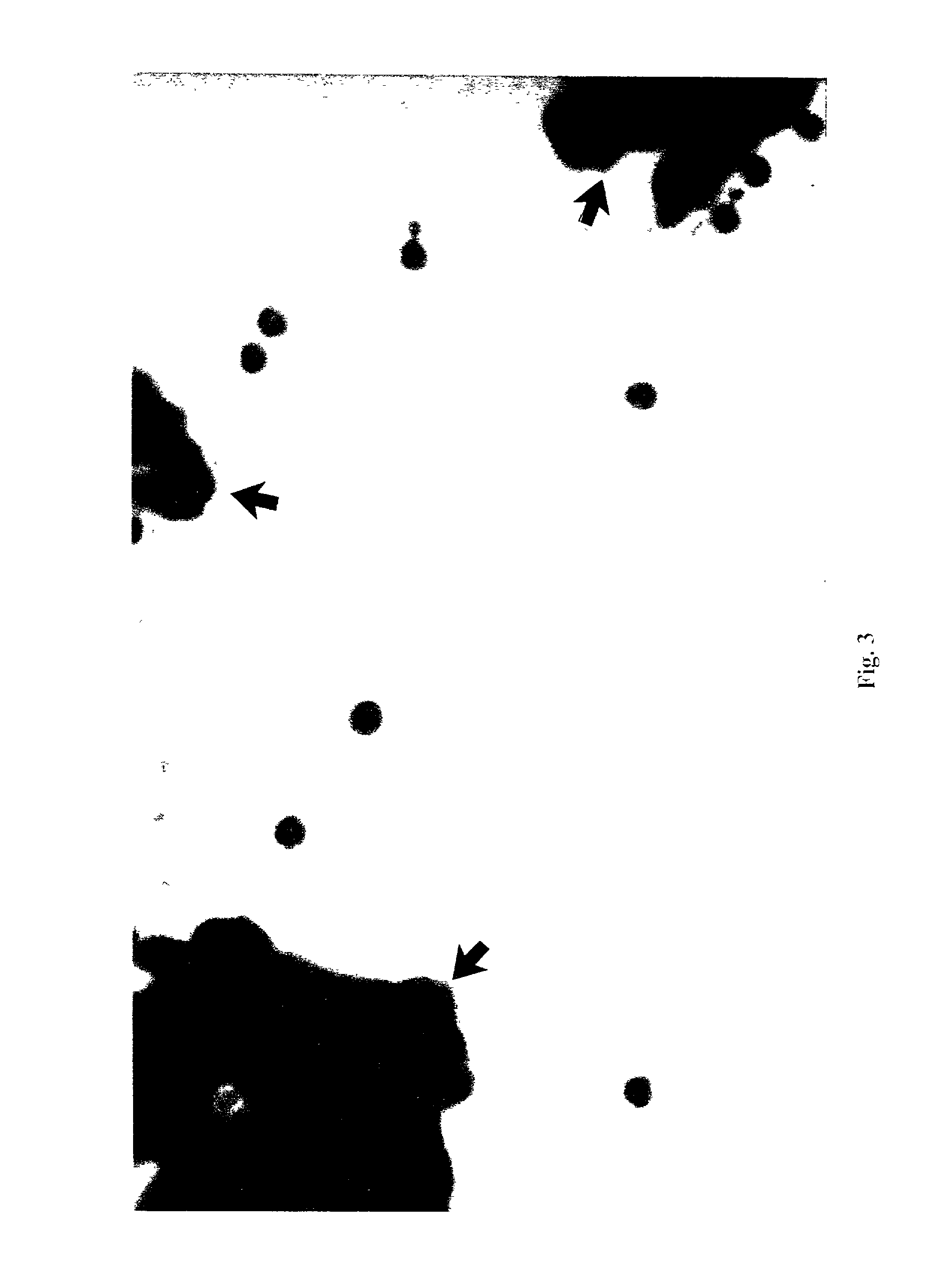System and method for generating a profile of particulate components of a body fluid sample
a body fluid and profile technology, applied in the field of system and method for generating a profile of particulate components of a body fluid sample, can solve the problems of erroneous wbcc, erroneous diagnosis of pseudoleukopenia, non-effective or even harmful treatment,
- Summary
- Abstract
- Description
- Claims
- Application Information
AI Technical Summary
Problems solved by technology
Method used
Image
Examples
example 1
Generation of a Blood Sample Profile and Image for Particulate Components Evaluation
[0136] The method of the present invention was compared to routinely used laboratory tests in the ability to predict the presence or absence of an inflammatory response.
[0137] As is further detailed hereinbelow, the method of the present invention is as accurate as routinely used laboratory tests such as, white blood cell count (WBCC), erythrocyte sedimentation rate (ESR) as well as quantitative C-reactive protein (CRP).
Blood Sample Preparation
[0138] Blood samples were prepared as previously described (Berliner, Fishelson, et al., 1987) with some modifications. Briefly, blood was drawn into a syringe which contained sodium citrate (one volume of 3.8% citrate and three volumes of peripheral blood). Several large drops of blood were placed on a glass slide which was held at an angle between 30.degree.-45.degree. for 2-3 seconds, allowing the blood drops to run down the slide, thus coating part of the s...
example 2
Blood Cell Count and Differential
[0141] Acute phase response variables were analyzed by determining a white blood cell count and differential via the Coulter STKS electronic cell analyzer and by erythrocyte sedimentation which was performed as previously described (Westergren, International committee for standardization in hematology, Recommendation of measurement of erythrocyte sedimentation of human blood. 1965). Fibrinogen concentration was performed by using the method of Clauss (Clauss, 1957), and the Sysmex 6000 autoanalyzer, while the highly sensitive C-reactive protein concentrations (CRP) were determined by using the Dade Behring BN II nephelometer as described elsewhere (Rifai, Tracy et al 1999)
example 3
Evaluation of an Optical Image of a Blood Sample Profile
[0142] Images obtained by the above procedure can be evaluated either manually or automatically as is further described hereinbelow.
Manual Image Characterization
[0143] The information obtained from the optical image provided by the system of the present invention, which represents a profile of the particulate components therein may be analyzed manually by a physician or a trained technician in order to evaluate the probability of the existence of an inflammatory reaction in the sample. This evaluation is based on the appearance of the various cellular components of the body fluid and the interactions between such components (for example adhesion and / or aggregation of various cell types). The information obtained from the optical instrument may also be transferred prior to, or following an initial analysis by a physician, to a computerized system capable of processing various qualitative and quantitative parameters of the partic...
PUM
 Login to View More
Login to View More Abstract
Description
Claims
Application Information
 Login to View More
Login to View More - R&D
- Intellectual Property
- Life Sciences
- Materials
- Tech Scout
- Unparalleled Data Quality
- Higher Quality Content
- 60% Fewer Hallucinations
Browse by: Latest US Patents, China's latest patents, Technical Efficacy Thesaurus, Application Domain, Technology Topic, Popular Technical Reports.
© 2025 PatSnap. All rights reserved.Legal|Privacy policy|Modern Slavery Act Transparency Statement|Sitemap|About US| Contact US: help@patsnap.com



